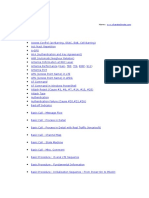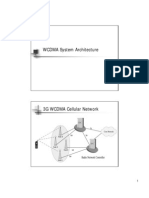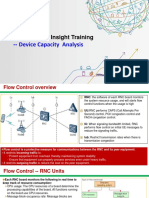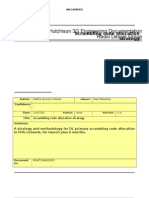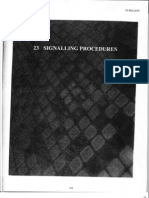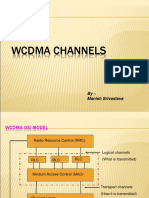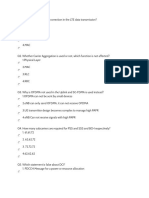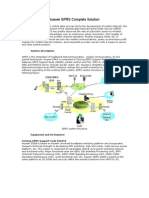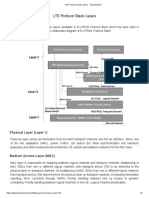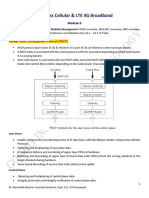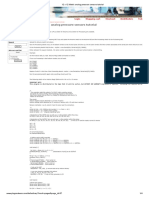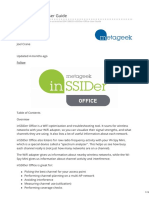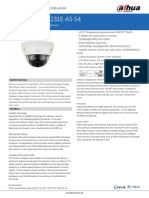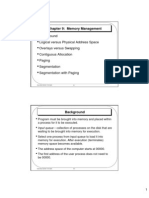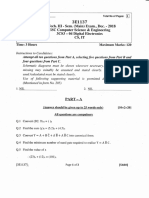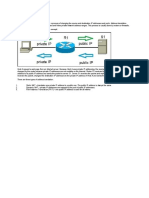0% found this document useful (0 votes)
95 views4 pagesAir Interface Physical Layer
The document summarizes the key functions of the physical layer, MAC sublayer, RLC sublayer, PDCP sublayer, and RRC sublayer in LTE. The physical layer is responsible for error detection, FEC, mapping to physical channels, and radio measurements. The MAC sublayer handles mapping between logical and transport channels, multiplexing, scheduling, and error correction. The RLC sublayer provides transfer of PDUs, error correction, segmentation/reassembly, and protocol error handling. The PDCP sublayer performs header compression, ciphering, routing, and retransmission. The RRC sublayer broadcasts system information, handles paging, establishes connections, and manages security, mobility, and measurements.
Uploaded by
Apurva PathakCopyright
© © All Rights Reserved
We take content rights seriously. If you suspect this is your content, claim it here.
Available Formats
Download as DOCX, PDF, TXT or read online on Scribd
0% found this document useful (0 votes)
95 views4 pagesAir Interface Physical Layer
The document summarizes the key functions of the physical layer, MAC sublayer, RLC sublayer, PDCP sublayer, and RRC sublayer in LTE. The physical layer is responsible for error detection, FEC, mapping to physical channels, and radio measurements. The MAC sublayer handles mapping between logical and transport channels, multiplexing, scheduling, and error correction. The RLC sublayer provides transfer of PDUs, error correction, segmentation/reassembly, and protocol error handling. The PDCP sublayer performs header compression, ciphering, routing, and retransmission. The RRC sublayer broadcasts system information, handles paging, establishes connections, and manages security, mobility, and measurements.
Uploaded by
Apurva PathakCopyright
© © All Rights Reserved
We take content rights seriously. If you suspect this is your content, claim it here.
Available Formats
Download as DOCX, PDF, TXT or read online on Scribd
/ 4



